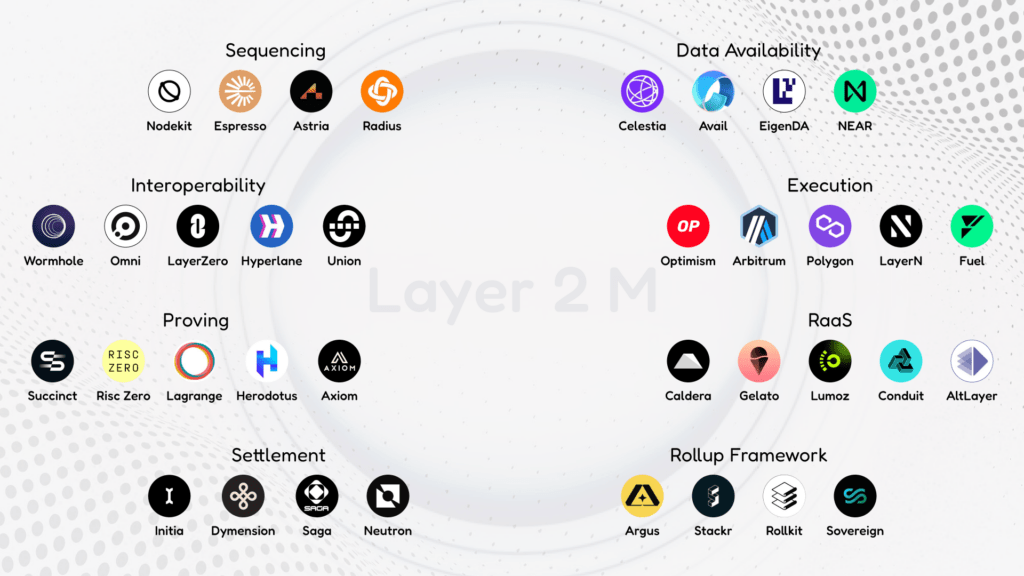Podcast Summary
This podcast episode delves into the intricacies of tokenomics, mining, and validation on CommuneAI. The discussion revolves around the current state and future plans for mining on Subnet Zero, the application process for validators and miners, and the transition to a DAO model. The podcast also addresses concerns about potential malicious actors and the need for a robust solution to prevent abuse.
Key Takeaways
Understanding Mining on Subnet Zero
- Transitioning Phase: Subnet Zero is currently in a transitioning period with no consensus and multiple miners. The future plan is to have approved validators on Subnet Zero, compatible with existing validators.
- Application Process: The process of getting on Subnet Zero involves a curator key and a majority vote from 12 members. There are proposals to restrict Subnet Zero to approved validators, with a front-end interface for community voting on miners.
- Factors Affecting Mining Success: The current mining system is described as a numbers game, with only a few miners receiving emissions. Factors affecting mining success include internet speed and the health of connected nodes.
Transition to DAO Model
- DAO Model: The transition to a DAO model for Subnet Zero is mentioned, with the intention of enforcing the whitelist and approving only legitimate miners. The enforcement of validators not being able to mine on Subnet Zero is explained through blocking incentives for those not on the whitelist.
- Whitelist for Validators and Miners: The idea of having a whitelist for validators and miners on Subnet Zero is mentioned, with the goal of preventing spamming and ensuring smooth operation.
Concerns and Solutions
- Concerns about Malicious Actors: The main risk of having a 1 million token requirement for subnets is the potential for a malicious actor to capture the 8% subnet owner share and control the consensus. By controlling the consensus on a subnet, a malicious actor could vote for their own miners and earn double the APR, which goes against the intended purpose of the system.
- Proposed Solutions: Lowering the subnet requirement to 1 million tokens would make it easier for someone to engage in this type of behavior, which is why it is not considered a good idea. The goal is to have an open system for everyone, but limiting the number of subnets to 20 is a way to prevent malicious behavior and maintain the integrity of the system.
Sentiment Analysis
- Bullish: The podcast hosts and participants express a positive outlook towards the future of CommuneAI. They commend the hard work of the team and express excitement for the future plans. The transition to a DAO model and the introduction of a whitelist for validators and miners are seen as positive steps towards improving the system.
- Bearish: There are concerns about potential malicious actors and the high cost of submitting a proposal. The current state of Subnet Zero is also acknowledged as highly unoptimal, indicating a need for improvement.
- Neutral: The podcast hosts and participants maintain a balanced view, acknowledging the challenges and expressing the need for further discussion and improvement. They propose having more frequent meetings to discuss these topics and continuously improve the ecosystem.











